If you think about it, there are very few ingredients more truly Malaysian than palm oil.
And that’s why we’re making it our featured ingredient in the R.AGE Food Fight, our contest to find Malaysia’s next young food celebrity. The contestants will have to submit a video of themselves preparing a dish which incorporates palm oil.
But we’re not just doing it because palm oil is “Malaysian”. Palm oil has a whole tonne of benefits. Check it out:
1. Nutrients
Palm oil is rich in carotenoids, Vitamin E tocotrienols and Vitamin E tocopherols, which all have anti-cancer and cholesterol-lowering effects.
2. High smoking point
Palm oil is increasingly used in the commercial food industry because of its high smoking point, which is the temperature when it starts to, well, smoke. When that happens, dangerous free radicals are released, and the oil starts to smell burnt.
Palm oil’s smoking point is pretty high at 232°C, compared to canola oil (200°C) and extra virgin olive oil (160°C). That’s why potato chips, french fries, doughnuts, instant noodles, nuts and other snacks are usually fried in palm oil.
3. Cholesterol-free
Palm oil is cholesterol-free. In fact, tocotrienols in palm oil have been shown to reduce the production of cholesterol in the body.
4. Cell protection
Free radicals are highly reactive molecules that cause cellular damage and accelerate ageing. Palm oil’s Vitamin E helps neutralise free radicals in our body.
5. Stronger bones
Vitamin E tocotrienols from palm oil can strengthen brittle bones and reverse osteoporosis – according to studies conducted over 15 years by Universiti Kebangsaan Malaysia. The studies also show that palm oil tocotrienols can improve the structure of osteoporotic bone to its original state.
6. Brain saver
VITAMIN E tocotrienols from palm oil can stop the death of brain cells of a stroke patient, according to a study conducted by Universiti Sains Malaysia. Clinical trials have shown that this form of Vitamin E also protects healthy brain cells and reduce damage caused by a stroke.
7. Super productivity
Oil palm is the world’s most productive oil crop. With a global average yield of 4.02 tonnes of oil per hectare, oil palm is 10 times more productive than soybean, eight times more productive than sunflower, and six times more productive than rapeseed. In other words, oil palm uses the least amount of land to produce the same tonnage of any vegetable oils.
8. Versatile oil crop
Oil palm produces two types of oil – palm oil from the flesh of the fruit, and palm kernel oil from the seed. Palm oil is mainly used for edible purposes while palm kernel oil is used for non-edible purposes such as making soaps, cosmetics and detergents.
10. Sustainable planting
OIL PALM is planted in a sustainable and responsible manner in Malaysia. Expansion of oil palm hectarage in recent years has mainly been on land converted from rubber, cocoa and coconut cultivation. Good agricultural practices such as zero-burning and the use of biological controls are common in oil palm plantations across the country.
11. Natural selection
PALM OIL has never been produced from transgenic crops, which makes it GMO-free. The high-yielding oil palm of today has been achieved via traditional breeding selection and tissue culture. On the other hand, there are soya, canola and corn oils from North and South America that are produced from transgenic crops.
12. Long life span
THE oil palm species Elaeis guineensis jacq. is cultivated in South-East Asia. This species originated from West Africa and is extremely high-yielding, often exceeding four tons of oil per hectare. As a perennial crop, the oil palm has an economic life span of up to 25 years.


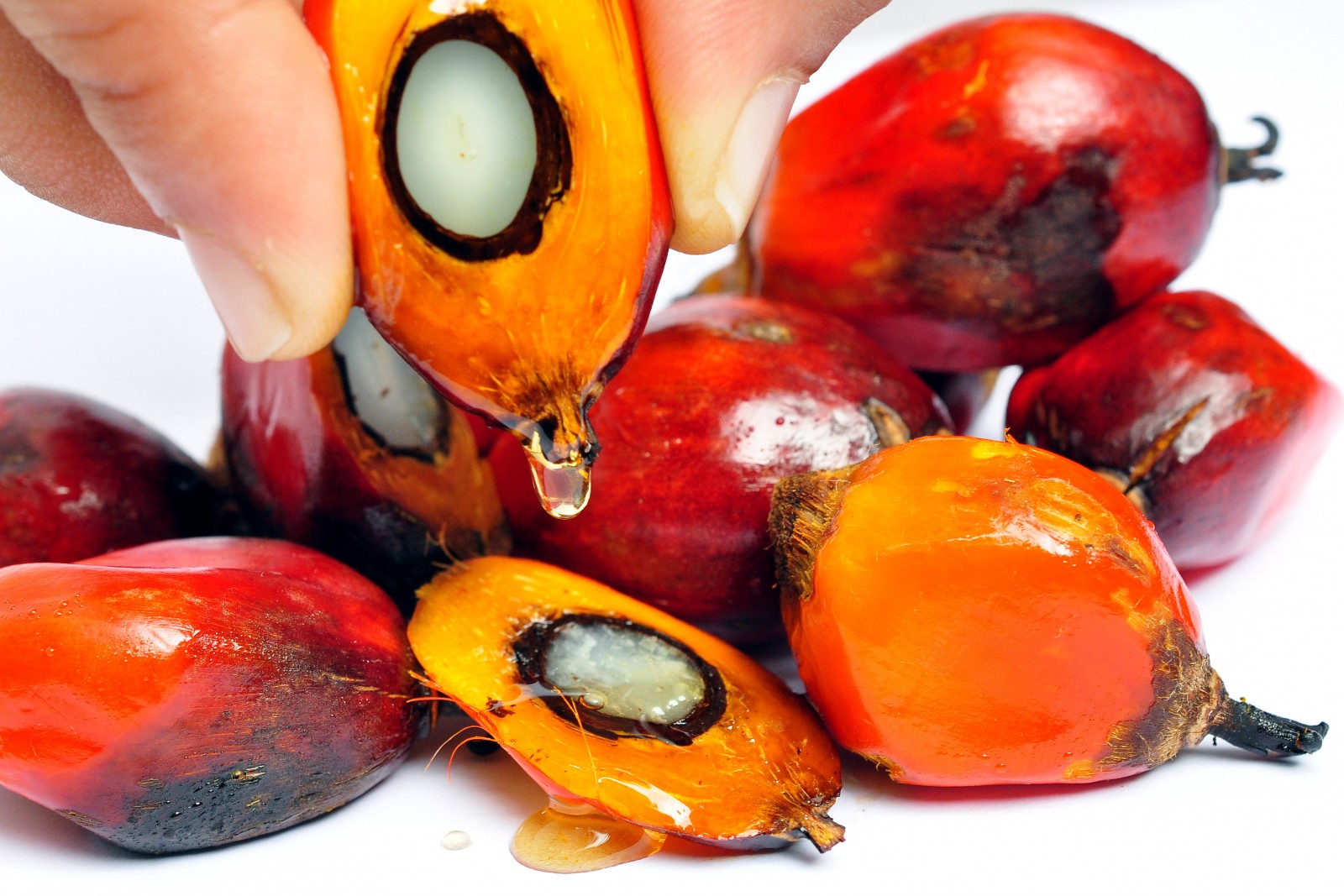
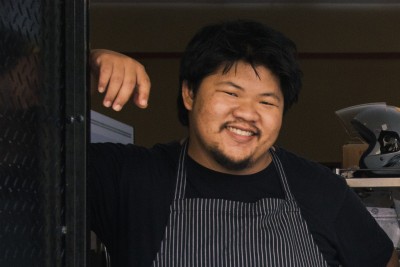
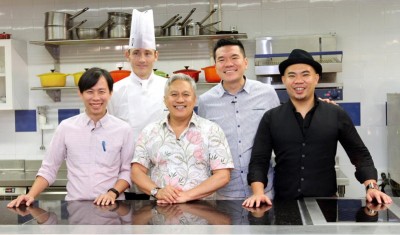
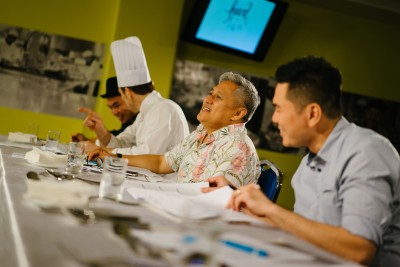

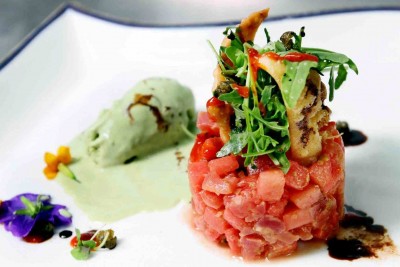
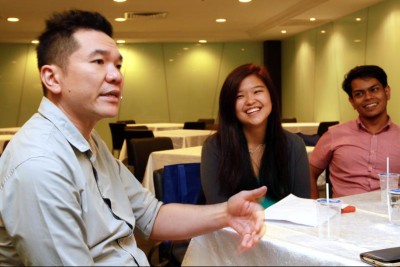

Tell us what you think!